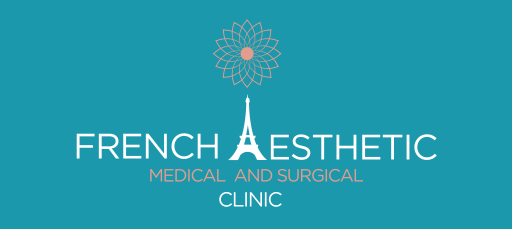CANCER SCREENING
Cancer screening is very important and should be done from your mid twenties going forward in life. The process consists of looking for anything abnormal on the skin, that could be the start of cancer. The screening checks the skin for moles, birthmarks, or other marks that are unusual in colour, size, shape, or texture. A dermoscope is used to inspect the abnormality which then assists in the decision making of whether or not to have a biopsy.
In general, if you have a fair skin, you should start getting screened regularly. However, if you live in the tropics, have a family with a history of skin cancer, or have lots of moles, you should be checked more often.
We make a mole mapping (taking pictures of your moles) to monitor if there are any changes going forward that will require more investigation.

CANCER SURGERY
Skin Cancer diagnosis may be difficult to accept, mainly if it is located on the face. Every time it is possible, we use Mohs surgery technique to reduce scaring as well as minimizing any further risk of the cancer spreading.
When the lesion is wide, we use reconstructive techniques: flapping to hide the scare in the natural folds of the face and grafts.
The Clinic works closely with the consultants of Hospital Ambroise Pare in Grand Paris to make sure that the treatment she proposes is aligned with international guidelines.



MOHS SURGERY
Mohs micrographic surgery is accepted worldwide as the gold standard for removing the several common forms of skin cancer: basal cell carcinoma, sarcomas, Dubreuilh’s melanomas.
This precise surgical technique, whereby thin layers of cancer-containing skin are removed and examined until only cancer-free tissue remains, boasts the lowest recurrence rate and highest cure rate, and leaves the smallest scar possible.
The clinic team in Paris introduced this surgery to France and the hospital in Paris where it remains the referral centre for this type of surgery.

RECONSTRUCTIVE SURGERY
Reconstructive surgery is performed to treat body parts affected aesthetically or functionally by congenital defects, developmental abnormalities or after large skin cancer excision.
The different options of reconstruction will be presented to you and you will decide which one meets your expectations.



